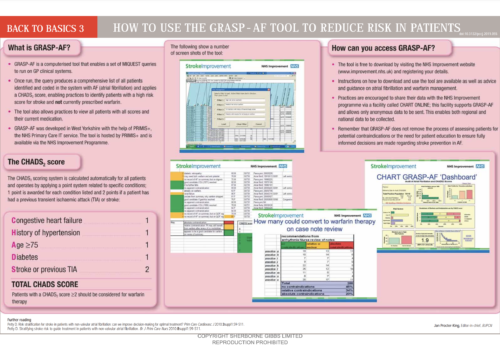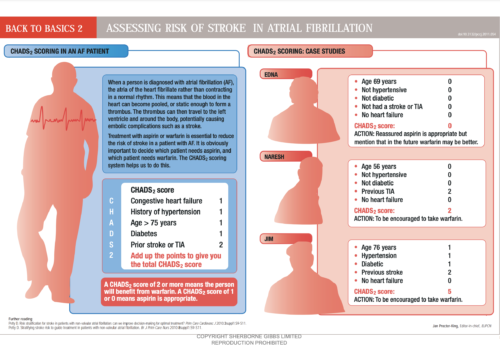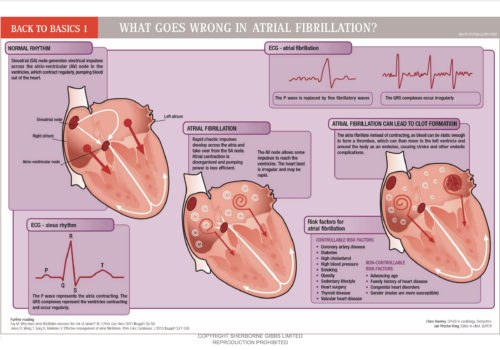Therapeutic interventions in atrial fibrillation primarily aim at reducing symptoms and improving or maintaining patients’ health-related quality of life (HRQoL). As most studies in this area have focused on randomised trial populations with highly symptomatic patients, this large observational study aims to assess HRQoL in a typical UK general practice setting.


























